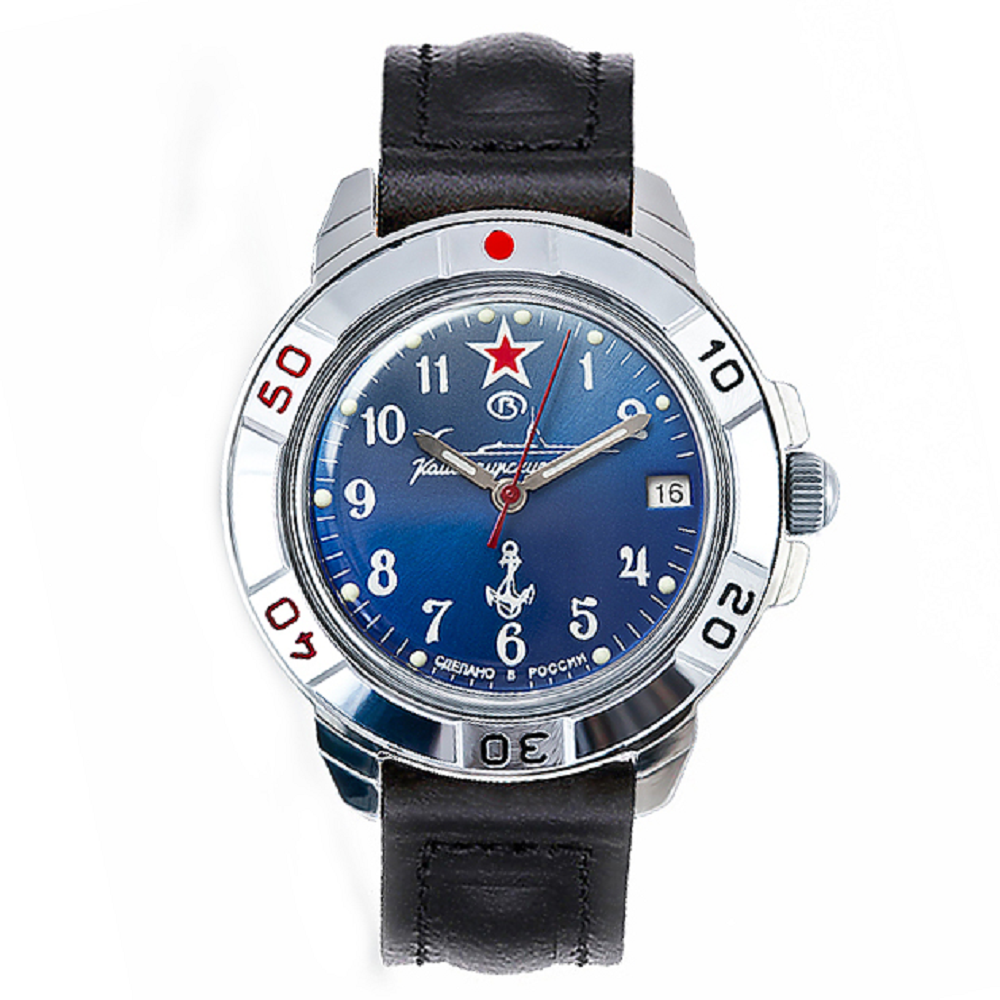

Unlike the Yasen Class they have to be put in the torpedo room, so only a few can be carried. The latest versions can launch Kalibr land-attack cruise missiles. The Kilo Class goes back to the 1980s, but improved models are still being built. In the future these boats may have Air Independent Power (AIP) like Sweden and other nations'. Unlike the America, Russia still values having a large number of smaller and cheaper non-nuclear boats in its ranks. This is the latest generation of non-nuclear submarine built for the Russian Navy. And the smaller Zircon anti-ship missiles can travel at hypersonic speeds. The larger Oniks is a supersonic missile which is optimized against ships but can also hit land targets. Kalibr is a land-attack missile with a very long range, generally equivalent to the U.S. They are armed with three types of cruise missile which can be loaded in combinations. Yasen-M Class Cruise Missile SubmarinesĪ powerful cruise-missile armed submarine, the Yasen class has a reputation for stealthiness. Moscow is investing "very strategically and wisely" in its submarines, "and their technology approaches ours," del Toro said, "so one should never underestimate that capability and the threat that that capability presents to us.4.

"Perhaps the shortcomings that we've seen with regards to the Russian army as it invades Ukraine, the same disadvantage doesn't necessarily translate over to the navy and their submarine force." "One should never underestimate one's adversary," Navy Secretary Carlos del Toro said this month at the McAleese defense conference. Russia's navy has had a limited role in the conflict so far, and the US Navy's top civilian official has cautioned against drawing conclusions about its capabilities. Russia's struggles on the ground in Ukraine have raised questions about the quality of its military and its leadership after years of investment and upgrades. VanHerck has advocated new and modernized detection systems to spot activity in the sea and the air around the US, including updates to the Navy's Integrated Undersea Surveillance System, which is important "as Russia and China continue to field highly advanced guided-missile submarines," VanHerck told lawmakers. New Yasen-class submarine K-329 Severodvinsksk is launched at a shipyard in Severomorsk, June 15, 2010. "This challenge will be compounded in the next few years as the Russian Navy adds the Tsirkon hypersonic cruise missile to the Severodvinsk's arsenal," VanHerck told the House Armed Services Committee. VanHerck has pointed specifically to Russia's Severodvinsk-class guided-missile submarines, calling them " on par with ours" and telling lawmakers this month that those subs, also called the Yasen class, "are designed to deploy undetected within cruise-missile range of our coastlines to threaten critical infrastructure during an escalating crisis." Glen VanHerck, who is responsible for North America as head of Northern Command and NORAD, has repeatedly warned about air- and sea-launched cruise missiles. US military leaders also see those missiles as a growing threat to the US mainland. Recent US and NATO drills have focused on getting convoys across the Atlantic and to disembarkation points in Europe. NATO commanders fear those missiles could be used against ports and other infrastructure in Europe, potentially interfering with resupply and reinforcement efforts. (Russian Defence Ministry Press Service photo via AP) Russian submarine Krasnodar launches a Kalibr cruise missile at ISIS targets in Syria from the Mediterranean Sea, May 31, 2017. Russian submarines have also added the ability to attack land targets with cruise missiles, which they demonstrated for the first time with strikes on ISIS targets in Syria in 2015, surprising US military leaders in Europe. "It was determined at that point that the Atlantic no longer provided that geography that enabled our protection and that standoff that we've enjoyed for so many decades," added Dwyer, whose command was reactivated in 2018 in response to that undersea activity. Daniel Dwyer, commander of the US Navy's 2nd Fleet, said at the WEST Conference in San Diego in February. Russian Yasen-class submarine Kazan arrives at its permanent base in Severomorsk on Russia's Arctic coast, June 1, 2021.Īrctic Dolphin and Dynamic Manta were both long-planned exercises that reflect a renewed focus on anti-submarine warfare prompted by the modernization and expansion of Russia's undersea force.Īfter Russia's 2014 attack on Ukraine, the US "saw an uptick of Russian navy submarine out-of-area deployers, which culminated in Russian general-purpose submarines" operating off of the US East Coast, Vice Adm. Account icon An icon in the shape of a person's head and shoulders.


 0 kommentar(er)
0 kommentar(er)
